District officials have quietly removed a protected bike lane in Northwest Washington’s Arizona Avenue NW neighborhood, igniting criticism from cycling advocates and raising concerns over the city’s commitment to safer, sustainable transportation infrastructure.
Residents Object to Aesthetics, City Responds
The protected bike lane, which took more than two years to plan and install, was dismantled after residents complained about its appearance. Specifically, objections were made about the plastic posts and concrete barriers that formed the physical separation between cyclists and vehicle traffic.
In response, D.C. transportation officials announced plans to replace the protected path with standard painted bike lanes on both sides of the street. This move contradicts federal safety guidelines, which recommend physical separation on roads with higher traffic volumes to prevent collisions and promote broader use of biking infrastructure.
Advocates Say Safety Is Being Sacrificed
Local cycling and urban planning advocates argue that the decision to remove the barrier-protected lane prioritizes aesthetic concerns over cyclist safety.
“We spent 18 months of our lives designing a protected bike lane because we didn’t think there was any other option,” said Tricia Duncan, advisory neighborhood commissioner. “They are sacrificing safety for aesthetics.”
Protected bike lanes have been proven to reduce accidents and encourage ridership among vulnerable populations such as children, older adults, and novice cyclists. Without barriers, painted bike lanes often become de facto shoulder zones for vehicles, especially during peak traffic hours, making them less safe and less effective.
A Worrying National Trend
What’s happening in Washington, D.C. isn’t an isolated case. Urban planning experts warn that similar decisions are cropping up in cities across the country. States like Texas and California have also seen cycling infrastructure projects scaled back or altered due to aesthetic or traffic flow complaints.
U.S. Transportation Secretary Sean Duffy recently acknowledged these national reversals in a public address, suggesting that while infrastructure plans must be community-responsive, they must not come at the cost of public safety and environmental progress.
The Bigger Picture: Public Health and Climate Goals
The removal of protected bike lanes could have far-reaching consequences, especially as cities like D.C. pursue climate action goals, improved walkability, and alternatives to car travel.
Studies repeatedly show that physically separated bike lanes increase bicycle use, reduce greenhouse gas emissions, and create healthier urban environments. In addition, more people cycling leads to lower rates of traffic congestion, improved air quality, and reduced healthcare costs associated with a sedentary lifestyle.
When such infrastructure is dismantled — even partially — it can stall or reverse that progress. Potential riders may feel discouraged or unsafe, especially families or less experienced cyclists. That undermines decades of work to make streets safer, greener, and more inclusive.
What Comes Next?
The District’s Department of Transportation (DDOT) has not issued a full public explanation for the decision, nor has it outlined plans for additional safety enhancements to compensate for the removal. Cycling advocates are now calling for more transparency and community engagement, urging city leaders to revisit their decision and consider the broader implications.
As pressure mounts, the future of cycling infrastructure in D.C. — and potentially in other U.S. cities — may hinge on how governments balance resident preferences with expert recommendations and long-term safety planning.
Conclusion
The removal of the protected bike lane on Arizona Avenue NW is more than a neighborhood dispute over visual clutter; it reflects a larger struggle over urban priorities. In a time when public health, climate resilience, and equitable transportation access are more critical than ever, cities must carefully weigh the consequences of rolling back essential infrastructure.
For many advocates, the question remains: If safety is negotiable in the name of aesthetics, what kind of city are we building?

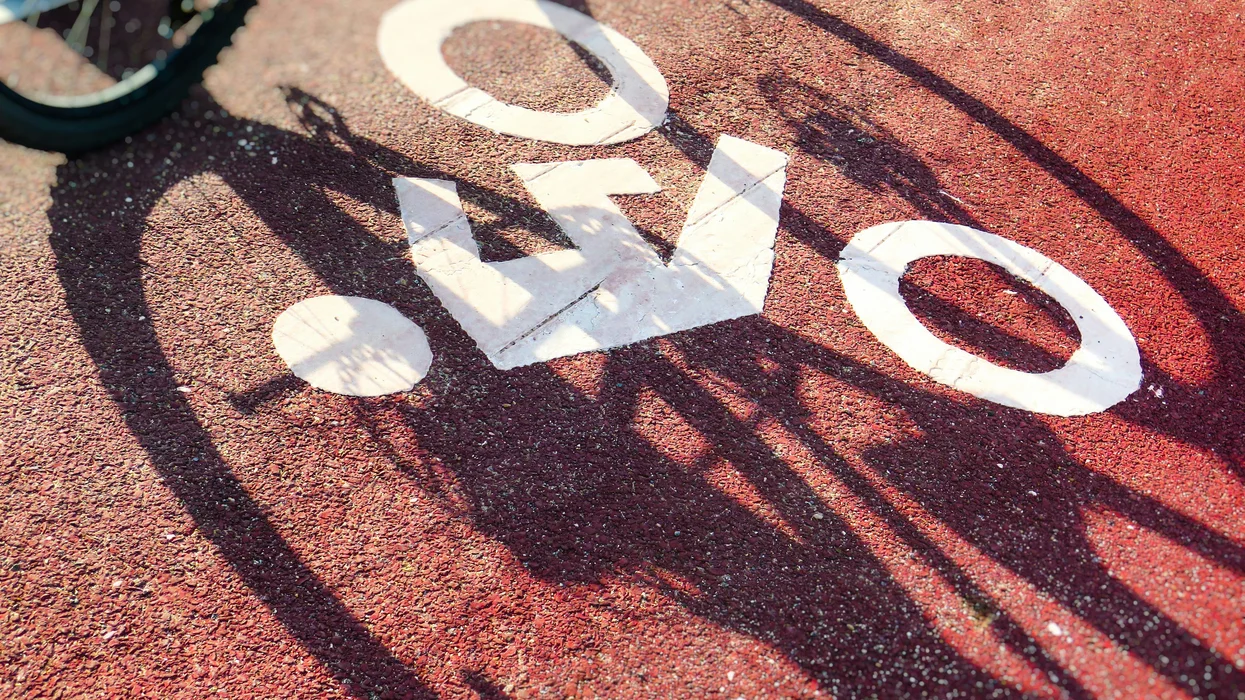

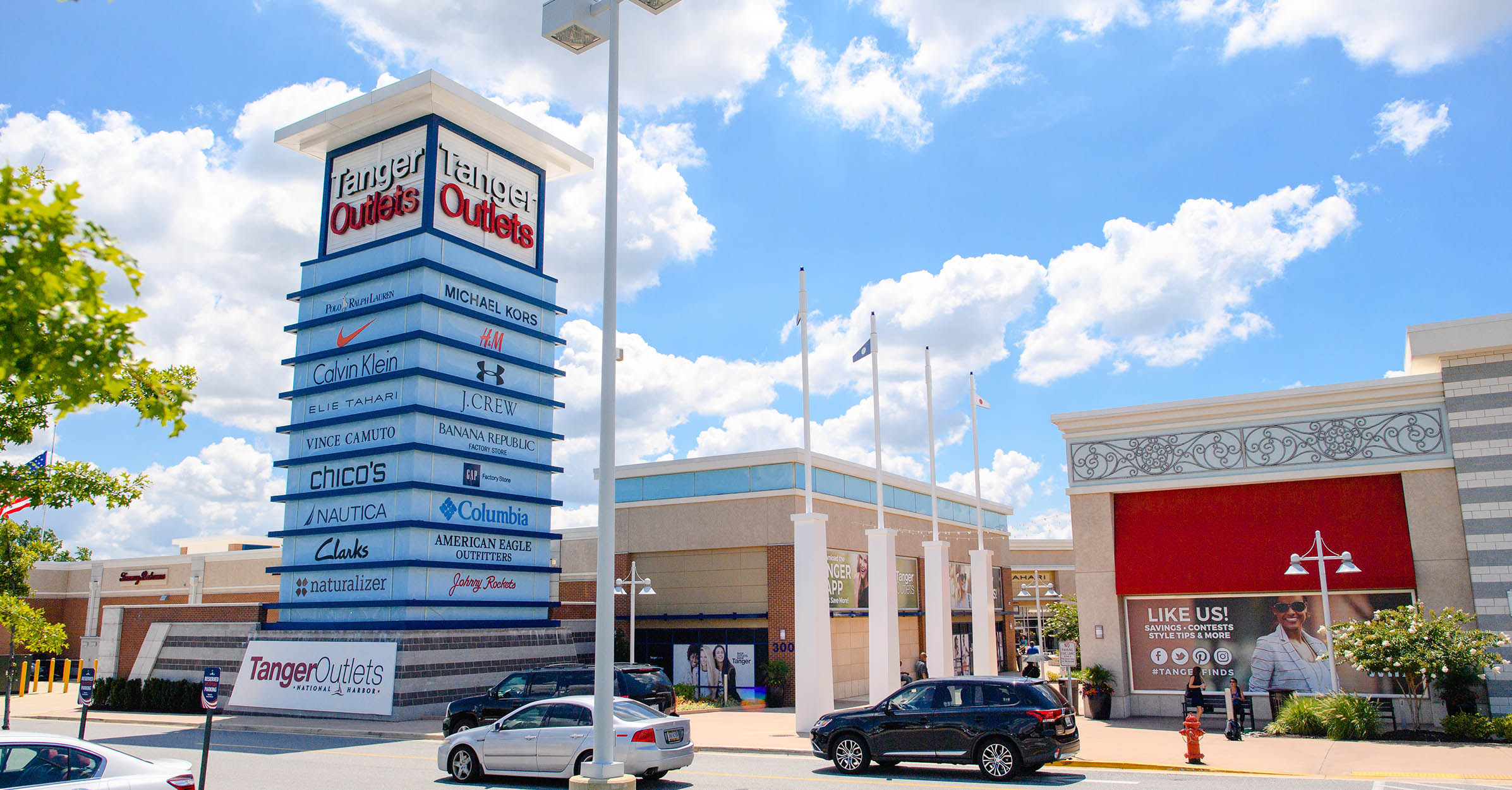
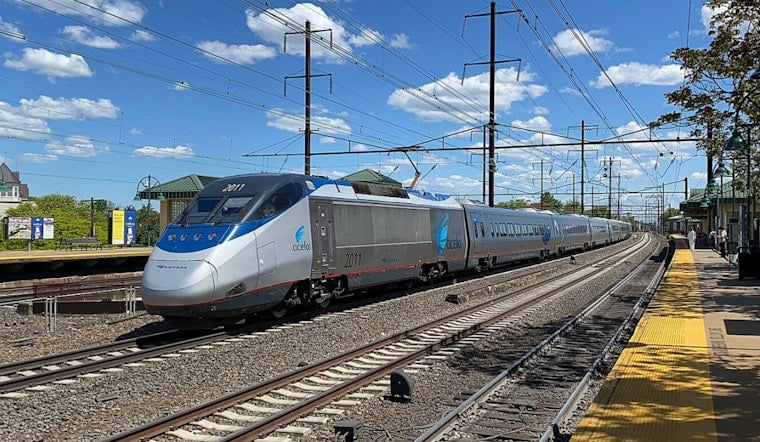


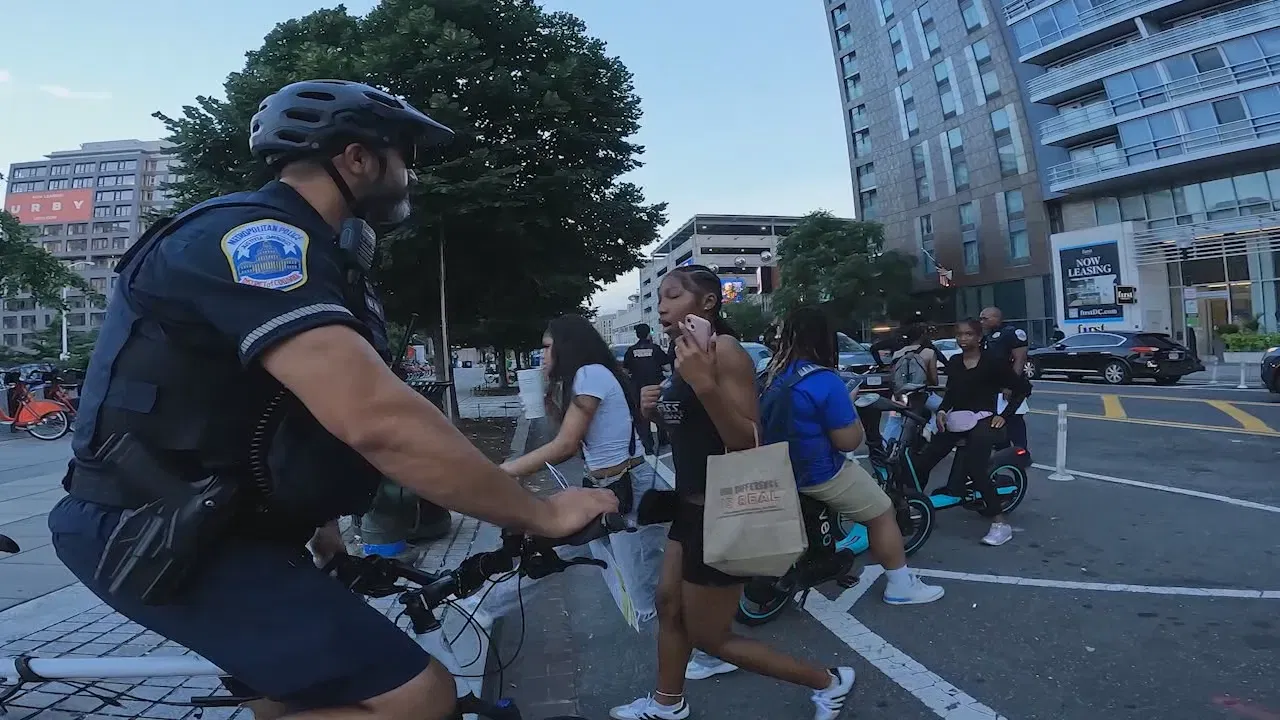
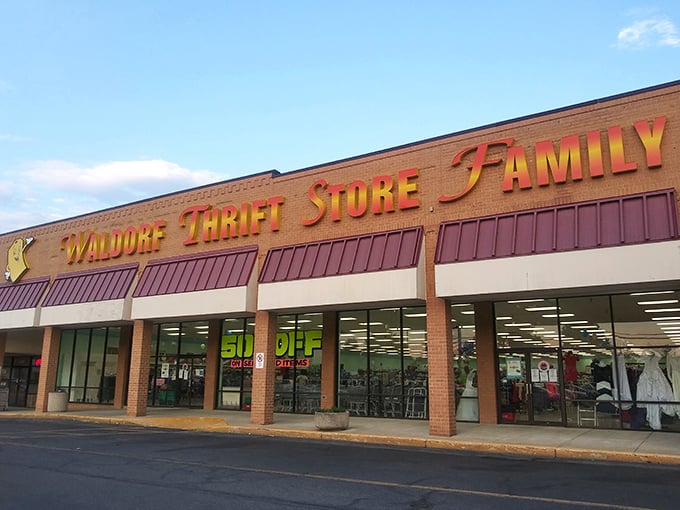
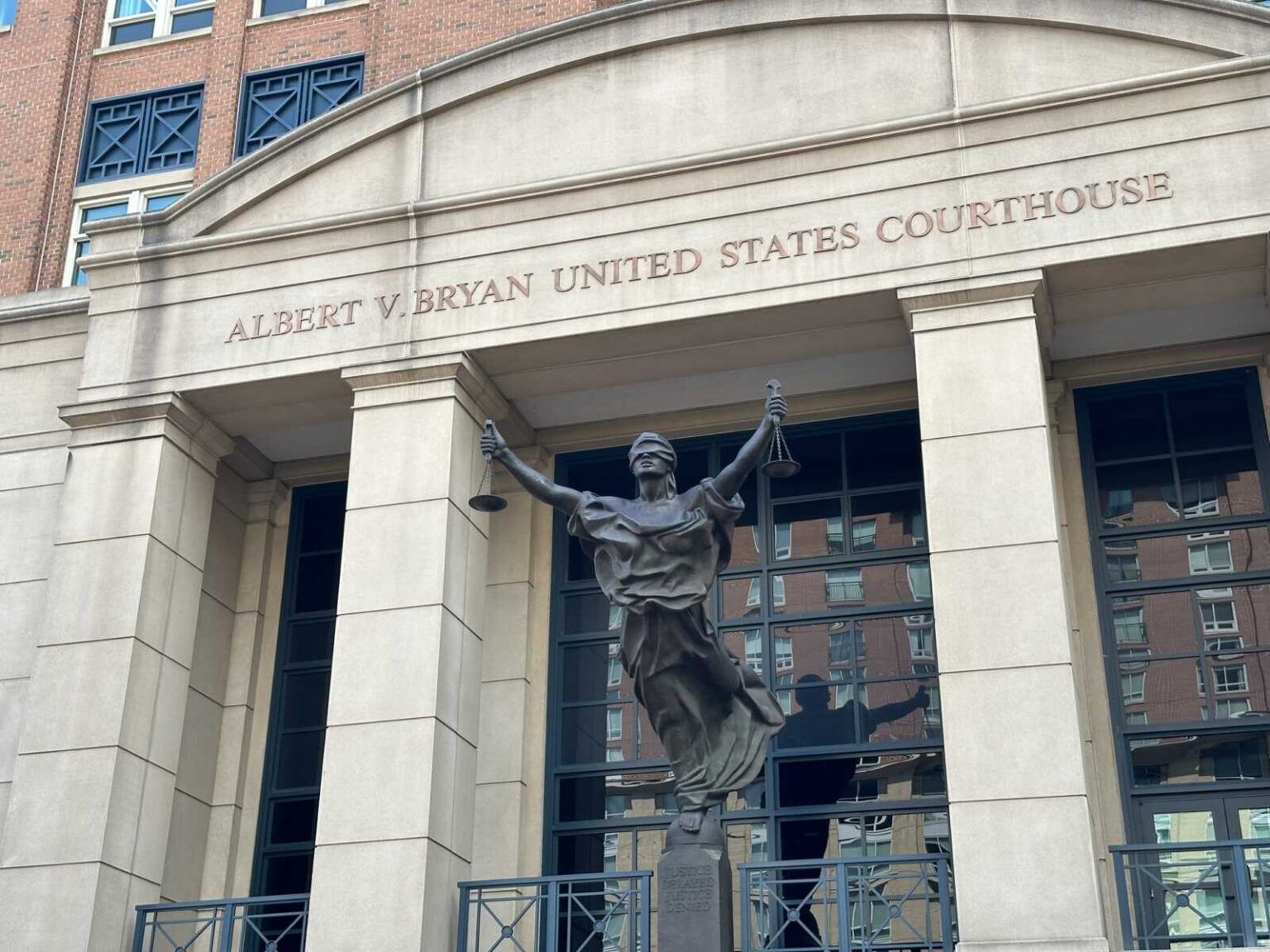
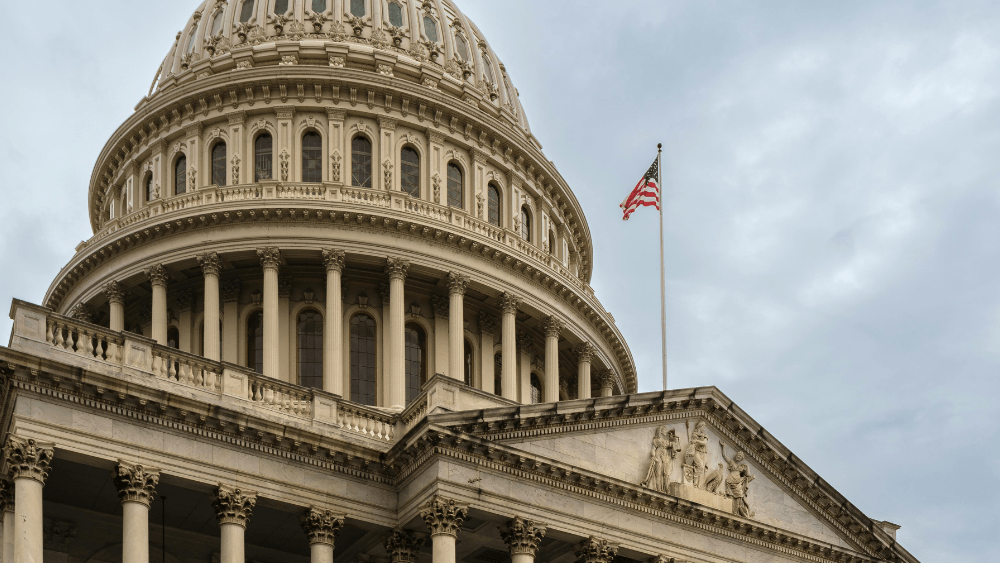

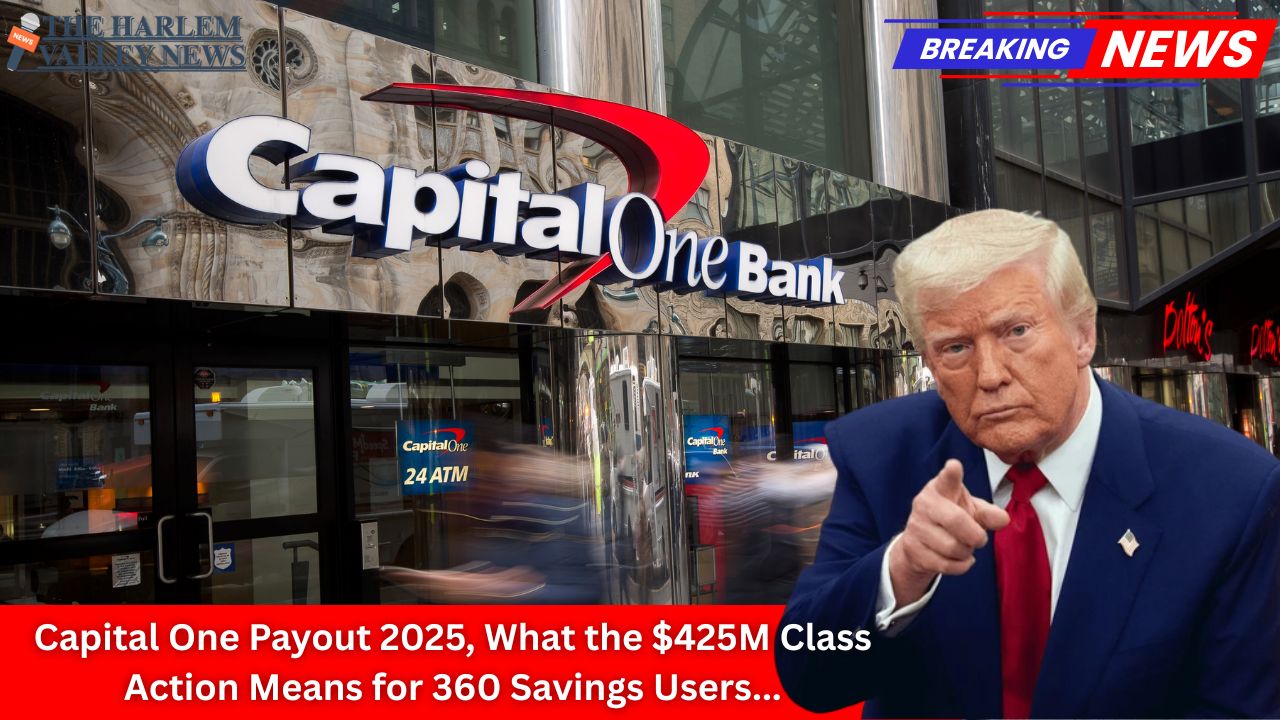
Leave a Reply